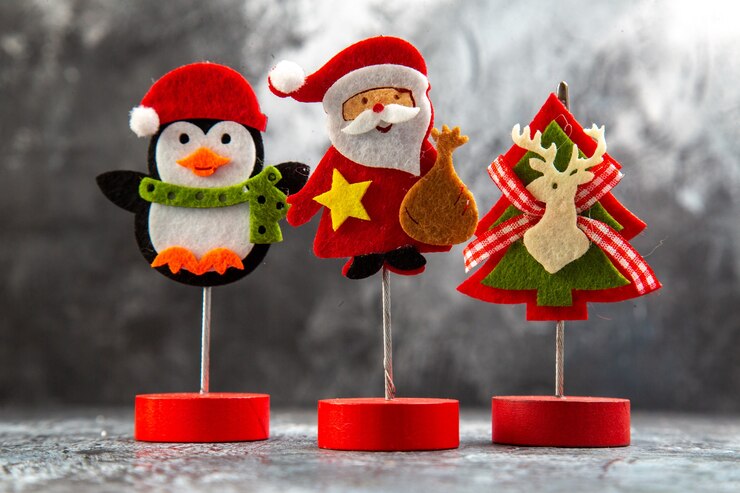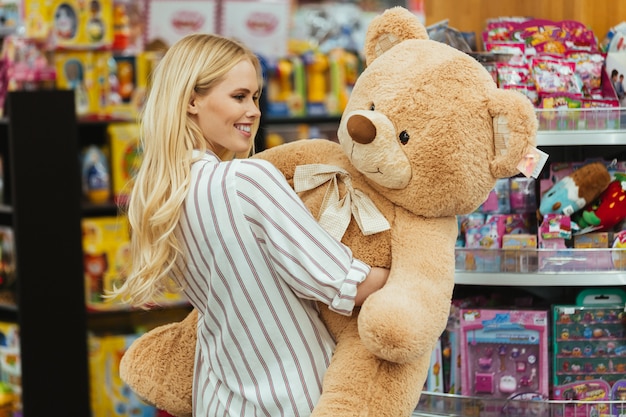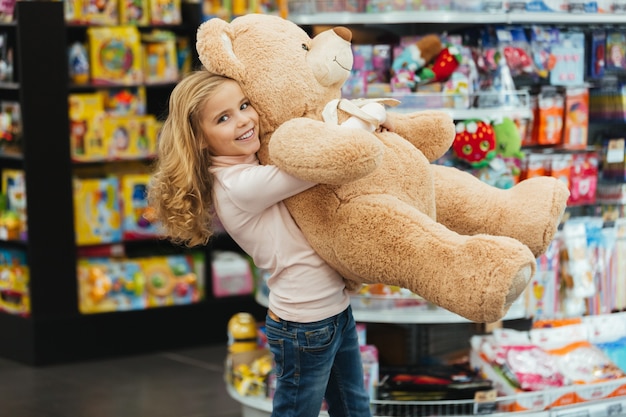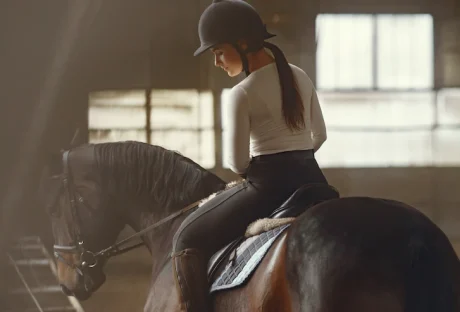Shopping for children can be challenging, especially if you don’t know what the kids are into (let alone what’s safe for their age to play with).
Younger kids require toys that help them learn the fundamentals and strengthen their motor skills, whereas older children require toys focused on being more challenging and mentally stimulating.
When shopping for children’s gifts, look for a toy gift that inspires creative play, which will get them excited, whatever the occasion!
Top Tips For Selecting The Perfect Toy Gift
Sometimes adults tend to forget the purpose that toys serve. Children’s “job” is to play. That’s how they explore the world around them and learn new, essential skills.
As an adult, your job is to make sure that this learning happens in a conducive environment. When this is enjoyable, your kids learn that learning, exploring, being who they are, and sharing can be enjoyable activities. Toys that help children do these things are considered good.
In most cases, however, the toy gift that adults tend to buy reveals as much about them as adults do about the children they are getting for. Your values — the things you believe are important for your children to learn, i.e., skill sets, individuality, and relationships — are expressed in your gift.
Related Reads: What are the Best Hamster Toys for Your Pet?
With that said, here are some of our top tips for getting the perfect toy:
1. Do Your Research
There’s no harm in jumping on the internet to find out what the popular toys are from knowledgeable individuals. Platforms like parent pages and websites could help navigate what toys are beneficial and safe to get for children of various age groups. Stores like Hearns Hobbies help you find meaningful toys.
2. Consider Their Age
The biggest mistake anyone could make is purchasing gifts that aren’t age-appropriate. Even if the kid you’re gifting loves puzzles.
If you buy a 3+ puzzle box when they’re nine, that might fail to stimulate them, and so the child is more likely to get bored or neglect the gift.
Likewise, with gifts advances beyond their years – getting a gift fit for 12+ for a seven-year-old might be a waste as:
- They might not fully comprehend how it’s to be used as they haven’t developed that far
- It might be a waste of money if they end up breaking it
Say you’re gifting a toddler or preschooler (between the ages of two and four);
They’re at the age where they’re just getting to know what they like and dislike. Even if they’ll be under adult supervision, it’s not advised to give them a toy gift with small, removable parts as they may be choking hazards. Make sure you pick something stimulating and an option that has been vetted for safety. This will allow children to explore their interests while also learning.
3. Multi-Purpose Toy Gifts
Ideally, go with a gift that has a high replay value. These could be simple toys that every well-stocked playroom will have, promoting children’s development in high-quality childcare programs, preschools, and kindergartens. Things like unit blocks come in various sizes to encourage creativity, construction, and balance, whether used alone or with others.
Unlike playing with specific toys, simple or “plain” toys will help encourage creativity and spark imagination in young kids. Think legos or another manipulative toy promoting fine motor skills development and creativity.
4. Fun with a Purpose
Good toys assist children in learning new skills and practicing relationships with others and their surroundings. The interactions that kids have with their toys at specific ages help shape the relationships they’ll one day have in the real world. Investing in toys that promote healthy interactions will be good for your baby.
Besides, choosing toys that stimulate their curiosity by teaching them new skills will go a long way in their mental and physical growth and development! Some age-appropriate board games from Toynk can encourage to promote team building, cooperation, and problem-solving skills.
5. It’s Okay To Share Memories
When selecting a toy, consider whether it is truly for the child or yourself. (It’s fine to buy toys for a nostalgic trip; just don’t be surprised if the child doesn’t share the same enthusiasm.)
6. There’s Nothing Like Gendered Toys
Don’t get too caught up in gender-specific toys. Both little girls and little boys must get acquainted with and comfortable with babies and different machinery in the environment they will inhabit as adults. Get your little boys’ kitchen sets and your little girls’ army trucks if that’s what they want to play with.
It’s recommended to have dolls with different skin tones in the mix to expose your child to the different skin colors. When children love their dolls, they practice loving people who look different than them.
Toys for both genders include a play kitchen and a play toolbox. Kids enjoy imitating their parents and other adults around them, and their play helps them experience those activities.
7. Stuff Related to Art
There’s a lot of it. Little kids will enjoy playdoh, cookie cutters, chunky crayons, and paper. Older children enjoy glue, glitter, safety scissors, and various paper colors.
Paint with your fingers. Every child has the right to be a slob once in a while. You could also include a cheap plastic tablecloth on the floor when it’s time to finger paint.
Something to help you create rhythms and music. For children under two, a pot and a spoon will suffice, jingle bells would suffice, while older children would benefit from something more complicated, such as a thumb harp.
8. Active Toys
Balls, jump ropes, standard sports gear, and age-appropriate riding toys like scooters and tricycles are all items that encourage physical activity. It’s important to encourage kids to be still active and engage in play that promotes physical confidence and competence.
Conclusion
While most children’s toy companies claim that their products make your kid smarter, it’s not true for all toys. So, as parents, be vigilant about the toys you expose your kids to make sure that they truly contribute to their overall development!
Read Also:


























